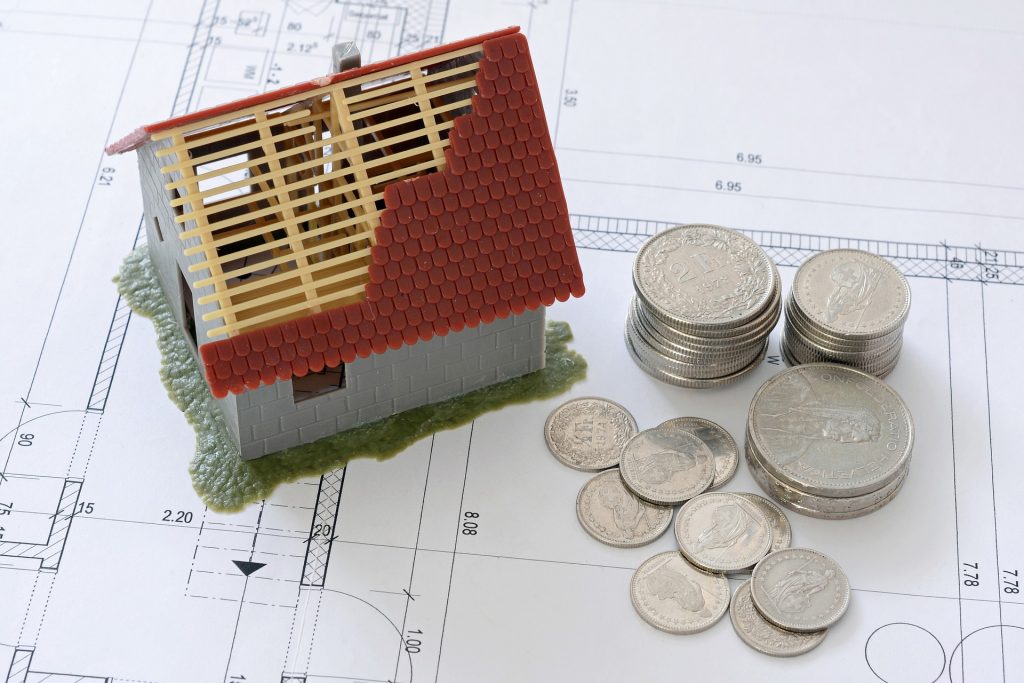Home improvement can be a fun and exciting endeavor, but it can also be a costly one. Especially if you are trying to achieve larger jobs all at once, the one-time expense can be big if you don’t plan ahead or look for money-saving opportunities.
Here are 6 ways you can save money on your home improvement.
1. Measure Everything Properly
Even the slightest deviation in your measuring for a big home improvement job can be a costly mistake, especially when it comes to fitting items like kitchen cabinets or furniture. To make sure you’re always paying for the right materials and sizes, be sure to triple-check your measuring (or your trade person’s measuring!).
2. Compare Quotes and Prices
There’s always money to be saved when it comes to home improvement furnishings or building materials. Try to avoid going for the first price or item you see — even if it’s perfect — because it’s worth comparing a few other sources. If you’re using a contractor or supplier, then it’s always a good idea to get a few quotes from various places to see if you can find it cheaper elsewhere.

3. Use Discount Codes Wherever Possible
When furnishing your home and adding the finishing touches, be sure to use any discount codes for top home stores that you can find, such as a Home Depot promo code, so that you can grab extra bargains on your home items.
4. Do as Much as You Can Yourself
When considering home improvement, a lot of money can be spent on the labor costs of employing others to fulfil certain jobs. While bigger jobs may sometimes be beyond your expertise, it’s always worth the research and effort to complete any tasks you can yourself, to save extra money.
There are always resources online, such as articles or instruction videos, for home improvement jobs and you may be surprised how much you can achieve yourself if you put your mind to it – just make sure you do enough research first.

5. Create a Realistic Budget
Before you begin any home improvement job, always make a budget for what you can comfortably afford. It’s so easy to get carried away when it comes to buying materials and items for the home if you don’t know what your set limit is.
Create as many budgets as you need to keep you on track with your spending. For large jobs, be sure to understand the expected costs of materials, and include emergency funds so that you have a contingency to fall back on.
If something is beyond the budget you have created, then avoid it.
6. Keep it Simple
Successful home improvement doesn’t mean spending as much as possible or installing as much as possible. The simplest improvements can leave your home looking and feeling brand new. The simpler style you go for, the less money you will need to spend.
If you’re looking to save money on decorating costs by keeping your walls plain and painted, then add quirky, colorful items to add more style, without having to pay over the odds for expensive paint or wallpaper.




